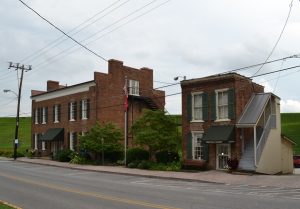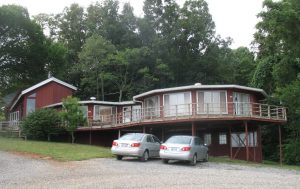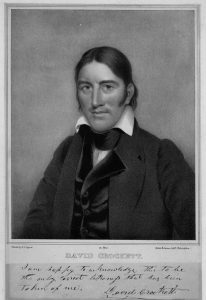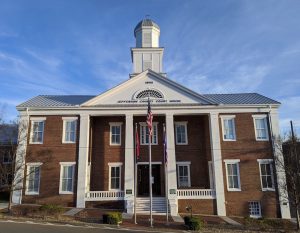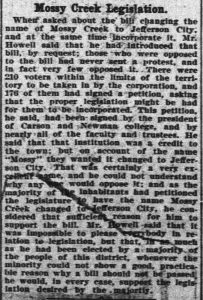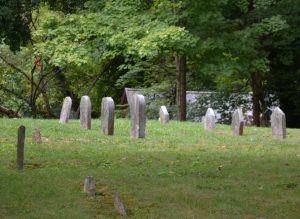
This cemetery in Dandridge in which five Revolutionary War veterans are buried would have been moved had the levee not been built.
Dandridge is named for America’s first first lady – Martha Dandridge Washington. This turned out to be a good thing, because if it hadn’t been for another first lady, Dandridge wouldn’t be where it is today.
During World War II, the Tennessee Valley Authority decided to build the Douglas Dam on the French Broad River. It was a controversial project, opposed by then Senator Kenneth McKellar because of the amount of farmland it destroyed. But the people of Dandridge had their own reason for being concerned; under the original plans, Dandridge would have been flooded by Douglas Dam.
The citizens of Dandridge made a direct appeal to First Lady Eleanor Roosevelt, pointing out that this was the only place in the United States named for Martha Washington. Mrs. Roosevelt heard their appeal and made certain that a levee, or wall of dirt, was built protecting the town of Dandridge from flooding.
To this day, you can still easily see the dike only a short walk from the Jefferson County Courthouse.
Speaking of Eleanor Roosevelt, Jefferson County is the current home of the Highlander Research and Education Center, a private organization that promotes social change, labor unions, and racial equality.
The Highlander Research and Education Center used to be known as the Highlander Folk School, and it used to be located in Grundy County. Among the people who attended workshops at the Highlander Folk School in the 1940s and 1950s were Rosa Parks, Martin Luther King Jr. and Eleanor Roosevelt.
Some Civil Rights leaders of that era have gone so far as to call Highlander the birthplace of the Civil Rights Movement.
Also regarding Jefferson County: It was here that legendary Tennessee hunter, storyteller and politician David Crockett lived early in his adult life. And thanks to a document that is preserved in Jefferson County, we know something about his early struggles.
On October 21, 1805, Crockett and a young lady named Margaret Elder signed a contract of marriage here. However, Margaret changed her mind before the ceremony and decided to marry someone else. About a year later, Crockett married Polly Finley.
